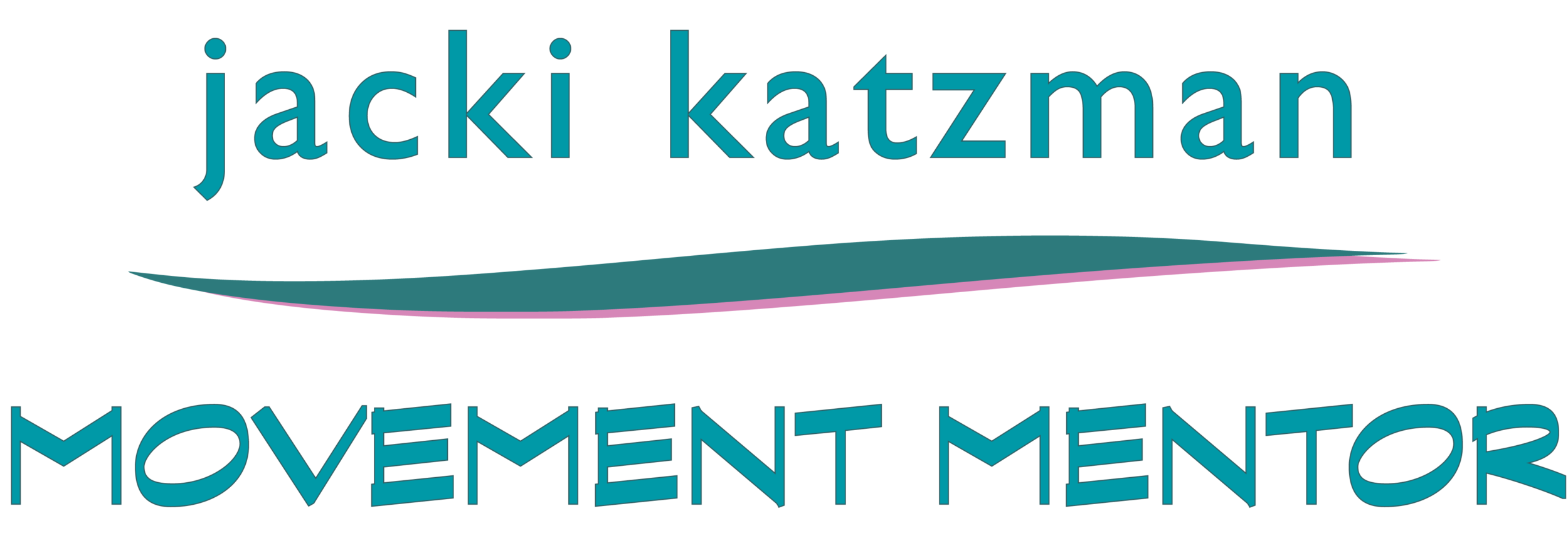Making it STICK - A Brand New Scientific Study Validates (again) Dr. Feldenkrais' Approaches
Making It STICK - Learning to learn from positive experiences
A summary of the 06 Dec 2021 Journal of Positive Psychology article by Dr. Rick Hansen et al
I’ve read the paper to save you the time
Being Well is a personal development weekly podcast with Dr. Rich and Forrest Hanson. In the recent episode “Learning how to make it STICK,” Rick and Forrest review Rick’s formal research project to study how to make positive changes … stick. Turns out, the methodology applied to learning in this study exactly tracks with Dr. Moshe Feldenkrais’ teaching methods. And it works.
Son and Father, Forrest and Rick Hanson host the weekly “Being Well” podcast
Dr. Hansen set out to test "How might we be active agents inside our own minds in the building of durable inner resources?” And to address the “relatively little research on the deliberate use of internal mental factors to heighten social and emotional learning in both structured interventions and everyday life.” The good news is that the learning methods we use in Awareness Through Movement® lessons lead to quantifiable positive changes that STICK.
The study applied the HEAL approach to learning to test if students retained positive attitudes months after the training programs concluded. The HEAL process, as described by Dr. Hansen, includes these (familiar?) steps :
Have a beneficial experience by creation or recall
Enrich it by deliberately exploring, prolonging, varying, adding surprise and novelty to activate neuroplasticity, slowing the activity to increase sensitivity to changes, and looking for personal relevance. From the paper: “Experiences that seem personally relevant tend to have the greatest impact on associative learning.”
Absorb it deeply. From the paper: “intending and sensing that an experience is being taken into oneself and highlighting what is rewarding about it may prime and sensitize the brain for heightened encoding and consolidation.” Chemically, Norepinephrine and dopamine activity increase with rewards, as does hippocampus protein synthesis and memory formation. In other words, the nervous system learns when you give it a chance.
Link it to other experiences. From the paper: “Linking may be beneficial both by associating positive to negative (e.g., relaxation easing anxiety) and by disrupting the reconsolidation of negative material in neural networks.” In other words, notice the changes and give yourself credit.
You can read the study set up, including who was involved, how the HEAL methodology was taught, how the results were collected and all the math that goes with the analysis. The overall conclusion:
In sum, as hypothesized, significant improvements were found in a wide range of psychological resources after taking a course designed to teach methods for increasing durable gains from experiences of such resources. The breadth of these results in a relatively small sample and their stability two months post-intervention suggest that a common underlying factor could be at work – namely, learning how to increase one’s learning from positive experiences.
The possibility of neural sensitization to positive experiences – so that learning from them may occur more efficiently, rapidly, and deeply – is intriguing and hopeful, and calls for further study.
Why does this method of learning - experience, vary, surprise, change tempo, connect, absorb and compare first and last scans to recognize growth and changes - work? The authors propose potential benefits of mental engagement factors:
Increasing specific psychological resources. Repeatedly exploring an action can develop it as a trait, and create a positive learning cycle
Positive side effects. mobilizing other beneficial processes and having a sense of agency inside one’s body can improve learning
Compensating for the negativity bias. the implicit, somatic and emotional residues of emotionally negative experiences tend to sensitize people to hyper reactivity and a ‘negativity bias.’ We can potentially increase the conversion of beneficial states to beneficial traits, and thus compensate for that bias.
Increased sensitivity to positive experiences. Past stresses can impair hippocampal and neurotrophic activity thereby decreasing a person’s capacity to learn and grow. Engagement factors may help compensate for this impairment, and could increase the brain’s functional sensitivity to positive experiences with an acquired sensitization to positive stimuli.
Again, Dr. Feldenkrais is shown to be ahead of his time and very right in his thinking. In your next lesson, you might apply the “HEAL” method to your learning:
Have the lesson guide your experience your body
Notice how the variations, tempo, novel moves, connection to breath Enrich your experiences
Use the rests to Absorb the learning, and allow the nervous system to do all its plasticity tricks
Use the scans to note improvements and Link the lesson to positive associations




